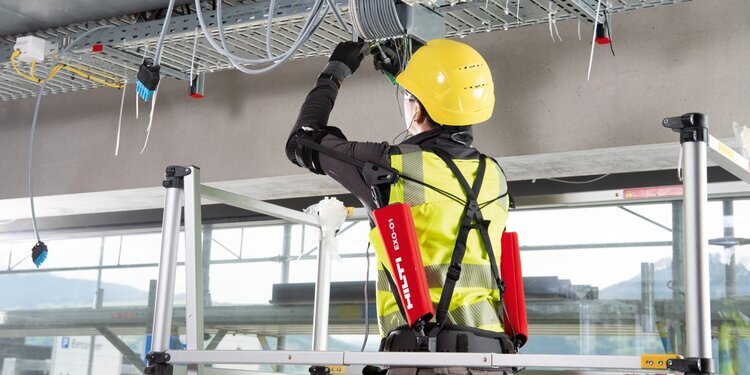Whether you’re in facility maintenance or HVAC, it’s important to take dew point in consideration when you adjust the indoor air temperature of your building. When only the temperature is adjusted on the building controller, the relative humidity can be greatly affected. Relative humidity is particularly important indoors with regards to indoor air quality, comfortability, condensation and mold growth. If your building has refrigerated merchandising cases, high relative humidity can lead to a higher tendency of ice build-up on the evaporative coils.
So, how do we determine what the dew point should be with regards to temperature and relative humidity? Typically the psychometric chart is the first place to look, but it’s extremely confusing, as it uses about 18 different axes, as opposed to the typical 2.
But, fear not, the good folks over at dpcalc.org have created an online tool to easily illustrate how temperature, relative humidity, and dew point interact with each other. Just choose your variable and adjust the other 2 set points to see how your building will be affected. On the right side, it even tells your risk of decay and molding based upon your set points.
For example, we chose %RH as our variable, and set our temperature at 73°F and a dew point of 55.
screenshot taken from dpcalc.org
Now, if we adjust our temperature to 70°F without adjusting the dew point, not only does the %RH jump 7 points, it also tells us we have a higher risk of metal corrosion!
screenshot taken from dpcalc.org
Dew Point Calculator | dpcalc.org














